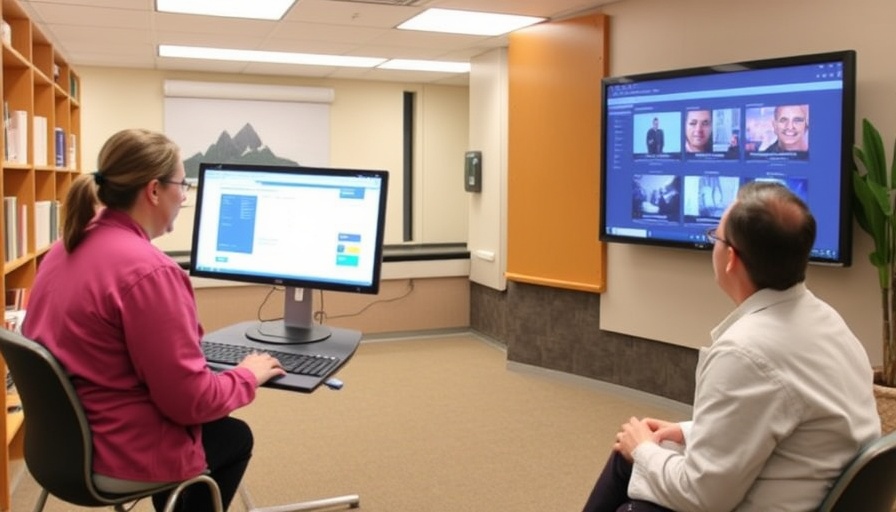
The Rise of Integrated Healthcare Systems
As healthcare continues to evolve, the integration of technology into patient care is emerging as a game-changer. Mountain Laurel Medical Center, a federally qualified health center (FQHC) in the Mid-Atlantic region, is setting a precedent by implementing a unified EHR-PM-RCM system. This transformation has led to notable improvements in operational efficiency and patient care delivery.
Unpacking the Success: Key Outcomes
After adopting the unified system, Mountain Laurel has witnessed a remarkable 19% reduction in billing times, decreasing from 4.2 days to just 3.4 days per patient bill. Moreover, collections surged by 20%, thanks in part to enhanced analytics which refined tracking of value-based contracts. Jessie Storey, the center’s director of IT and compliance, noted that these gains not only streamlined processes but also significantly alleviated employee workloads.
Challenges Faced by Community Health Centers
Amidst the successes, it’s crucial to acknowledge the unique challenges FQHCs confront. These facilities serve as essential platforms for underserved populations, yet they are often burdened by the complexities of value-based contracts and extensive reporting requirements. Storey explains, "We navigated a maze of operational hurdles, but our old on-premises EHR system was especially taxing. It obstructed our ability to grow while maintaining high-quality care." To counter these challenges, the center sought a modern, flexible solution that would not only alleviate operational stress but also bolster their mission of delivering comprehensive patient care.
The Importance of Data in Healthcare
Another critical advantage of Mountain Laurel's new system is its emphasis on data. Access to robust analytics enables the center to optimize workflows and sustain a proactive approach to patient care. This shift towards data-driven decision-making aligns with broader trends in the healthcare industry, where insights derived from analytics play a pivotal role in improving patient outcomes.
Future Trends in Healthcare Technology
As we look to the future, the integration of technology within healthcare is expected to continue its rapid evolution. Healthcare providers, especially FQHCs, must prepare for a landscape where technology will increasingly dictate care standards and operational efficiencies. Emerging trends such as telehealth, artificial intelligence, and predictive analytics are expected to play crucial roles in shaping this future model.
Case Studies: Parallel Success Stories
Mountain Laurel’s success story can be seen in other organizations that have embraced integrated systems. For instance, similar health centers have reported reduced administrative burdens and enhanced patient satisfaction after implementing technologically driven models. These cases serve as powerful illustrations of how a unified approach can catalyze operational excellence and improved healthcare delivery.
Actionable Insights for Other Organizations
For health center leaders aspiring to replicate Mountain Laurel’s success, the following actionable insights can be invaluable:
- Invest in Technology: Prioritize the selection of EHR platforms that emphasize interoperability and reporting capabilities.
- Focus on Training: Ensure staff are adequately trained on new systems to fully leverage their functionalities.
- Incorporate Patient Feedback: Actively seek patient input to improve service delivery and satisfaction levels.
Conclusion: The Path Forward
In conclusion, Mountain Laurel Medical Center's integration of a unified EHR-PM-RCM system exemplifies a significant leap towards better healthcare delivery. As the healthcare landscape continues to shift, staying abreast of technological advancements will be key for organizations looking to thrive. By adopting a patient-centered and data-driven approach, health centers can meet the modern demands of their communities more effectively.
 Add Row
Add Row  Add
Add 




 Add Row
Add Row  Add
Add 

Write A Comment